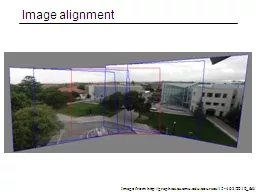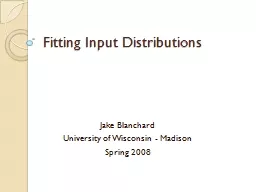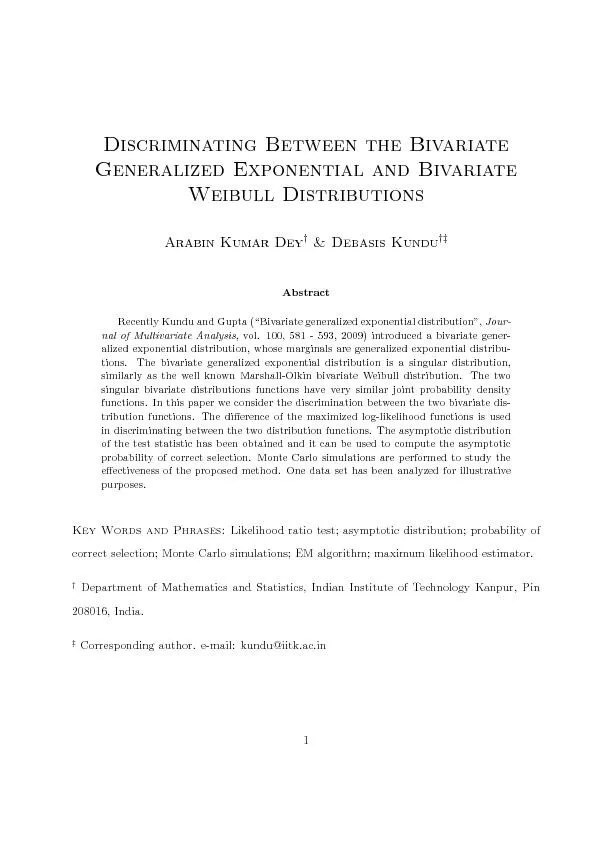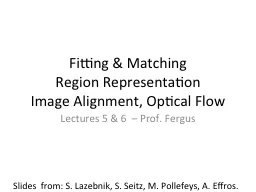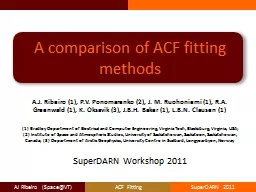PPT-Fitting Bivariate Models
Author : pasty-toler | Published Date : 2018-03-08
October 21 2014 Elizabeth PromWormley amp Hermine Maes ecpromwormlevcuedu 8048288154 The Problems BMI may not be an appropriate measure for use in studying the
Presentation Embed Code
Download Presentation
Download Presentation The PPT/PDF document "Fitting Bivariate Models" is the property of its rightful owner. Permission is granted to download and print the materials on this website for personal, non-commercial use only, and to display it on your personal computer provided you do not modify the materials and that you retain all copyright notices contained in the materials. By downloading content from our website, you accept the terms of this agreement.
Fitting Bivariate Models: Transcript
Download Rules Of Document
"Fitting Bivariate Models"The content belongs to its owner. You may download and print it for personal use, without modification, and keep all copyright notices. By downloading, you agree to these terms.
Related Documents



